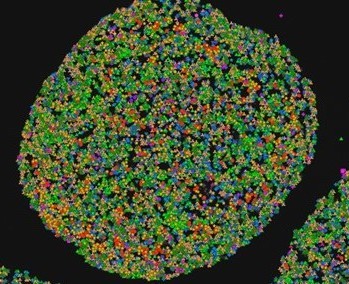Cancer research has recently focused on the need to understand the complex dynamic tumour microenvironment using new techniques and in vitro models that allow us to visualize tumour cellular composition and its interactions in real time, also in response to therapeutics. Visualization of the glioblastoma microenvironment will enable us to see it, and if only if we can see it, we can understand it and if we can understand it, we can change it. Novel organoid models, prepared from patient-derived tumours, will allow us to see the entire components of the microenvironment that support glioblastoma resistance to irradiation and chemotherapy.
As the most aggressive and common primary brain tumour in adults, glioblastoma is poorly responsive to therapy, which includes maximal surgical removal, followed by chemotherapy and radiotherapy and has one of the shortest survival rates of all cancers. Successful treatment of glioblastoma remains one of the most difficult challenges in brain cancer therapy, firstly due to the therapy resistance of a small population of glioblastoma cells – the glioblastoma stem cells and secondly, due to the tumour inter- and intra-tumour heterogeneity, which consist of four glioblastoma subtypes and the presence of a variety of stromal cells in the tumour microenvironment. Although more drug targets and therapeutic approaches are published every day, visualization of tumour microenvironment in glioblastoma organoids upon treatment will lead to more accurate discoveries, where we will identify routes of therapy resistance and novel ways for better treatment response.
Relevance for patient’s health
There is an apparent failure to translate promising drug candidates from the bench to the bedside that can certainly be attributed to the inadequate use of model systems in human cancer research. With this project we aim to promote collaboration between clinicians and basic researchers and to offer a building block for data analytics in the future. For that aim we already set up the biobank called Gliobank that includes patient-derived tumor biopsies and cellular models, together with corresponding histopathological, molecular and clinical data.
Contribution to the precision medicine
Having this kind of glioblastoma model offers further a “Google Earth-like” view of a tumour that can be further exploited with the new spatial technologies like in situ sequencing, which will be used to offer deeper view into the dynamic tumour microenvironment network in real time, offering new targets and combinations for patients- designed treatments.
This project is financed by the Slovenian Research and Innovation Agency (ARRS).
Project ID: J3-4504
Duration: 01.10.2022 – 01.10.2025

